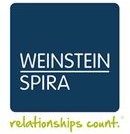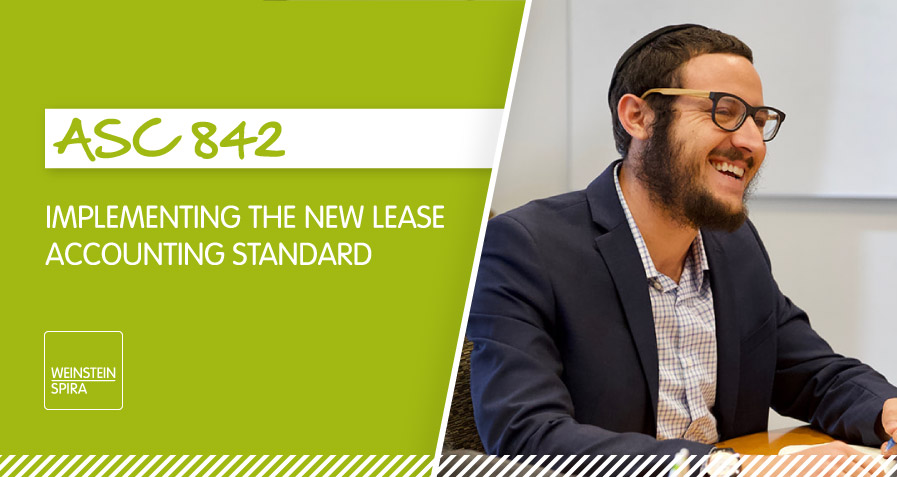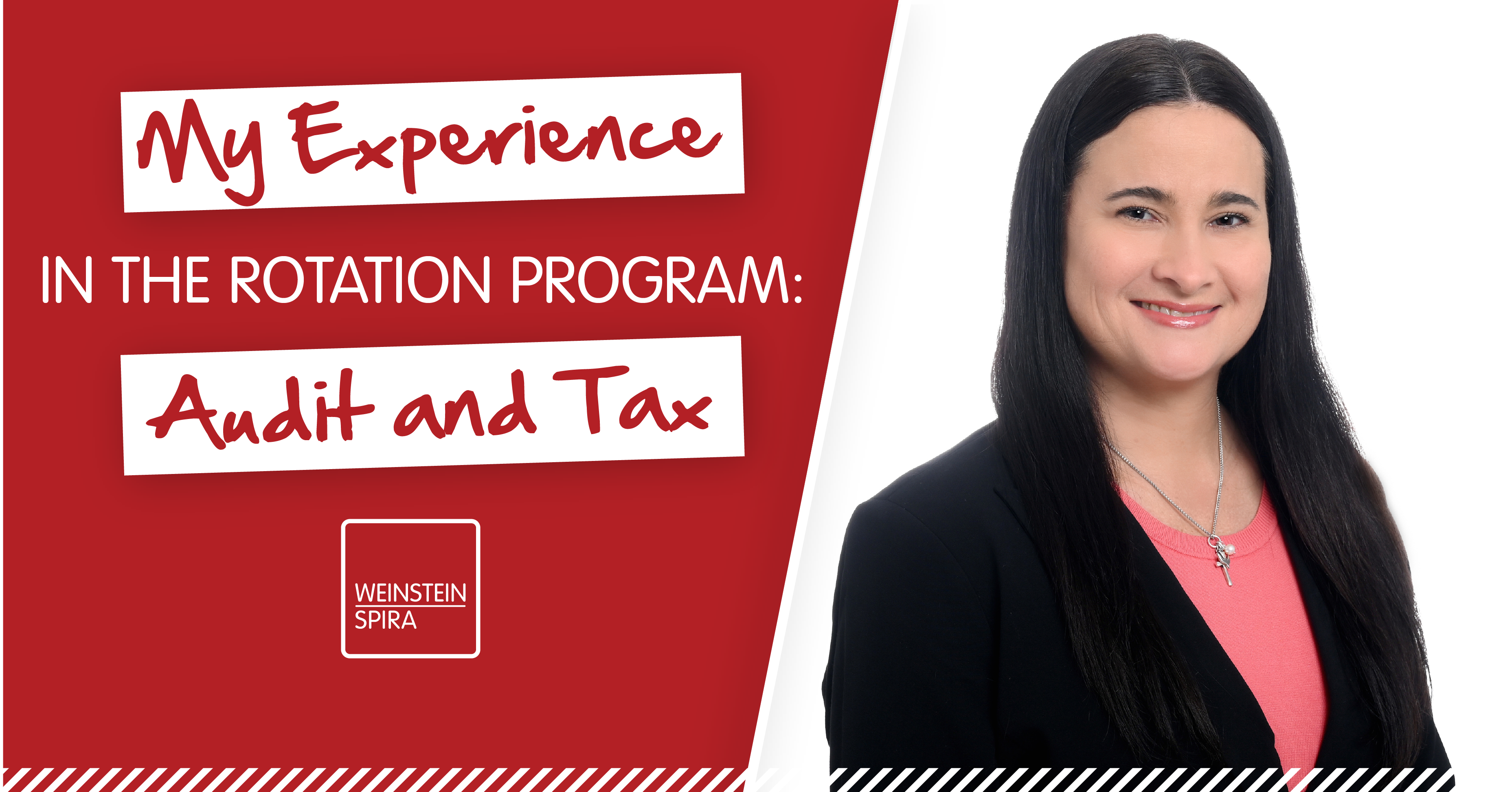This blog article highlights potential oversimplification hazards that controllers and accountants may face with their fundamental, yet superficial, knowledge of ASC 842. Read time: 3 minutes.
Avoid the Risk of Not Knowing ASC 842
By this time, most accountants are already familiar with the overall impact that ASC 842 will have on their company’s financial statements or that of their clients—namely, that a right-of-use (ROU) asset and lease liability will be added to the balance sheet. There are some misconceptions and pitfalls to consider that will help avoid a last-minute scramble when adopting the new lease standard and adjusting journal entries hit financial statements.
- Assets do not equal the liabilities – The most basic misconception is that the ROU asset = lease liability. Although they frequently may be materially close, the truth is that they are rarely equal. The lease liability is almost always larger than the ROU asset in a traditional “step-up rent” lease arrangement where the lease payments increase over time.
- Make a complete listing of leases – Be sure to identify all active leases with terms greater than one year. There may be leases embedded in existing contracts. Overlooking these could result in a material misstatement of lease related assets and liabilities.
- Loan covenant ramifications – Some bank and lending covenants will be affected by changes to the balance sheet brought about by ASC 842. For example, many covenants require minimum debt-to-equity ratios or current ratios. Identify these compliance issues with your lenders ahead of time to adjust the covenants.
- Related-party leases – Many related-party leases are not formalized in writing. However, ASC 842 requires that you record the leases based on legally enforceable rights and obligations which are defined by formal lease agreements.
- Interim financial statements – The new standard should be adopted as of the beginning of a fiscal year. If you provide monthly or quarterly financial statements to lenders or other users, throughout the year of adoption you need to apply the standard in those early financial statements and not wait until the end of the year. If you wait until year end to apply the new standard, there may be large (and possibly unfavorable looking) differences on your year-end financials once ASC 842 is adopted. Communicating sooner rather than later will circumvent the shock of any major changes in reported asset and liability numbers and help keep your financial standing in good shape.
- New accounting software – If you are considering changes or modifications to accounting software, you might want to seize this opportunity to purchase (or license) software in which ASC 842 functionality is already built into the accounting software or upgrade your existing programs. There are also separate software programs or services that can be purchased to track and account for leases under the new standard. A software program is especially useful if you have a lot of leases to track. If that is not an option, talk to your CPA about how to adopt and track the accounting for leases going forward.
- Proactive assessment of elections or structuring leases – Discuss with your CPA the most advantageous adoption elections for you. You may be able to streamline adoption, prevent the need to reassess existing lease classifications and minimize retained earnings adjustments. Additionally, keep in mind the implications of the standard when structuring new leases.
Need help implementing ASC 842? Contact our Houston audit team!
Summary of Implementing ASC 842
We all want to have a smooth transition and adoption of ASC 842. You can educate yourself or work with a professional accounting firm, so you don’t run into any surprises. It pays to structure leases in a strategic manner and consider the impact of ASC 842 on your financial statements.
Click here to read more about ASC 842.
Contact Weinstein Spira for help with implementing ASC 842.



